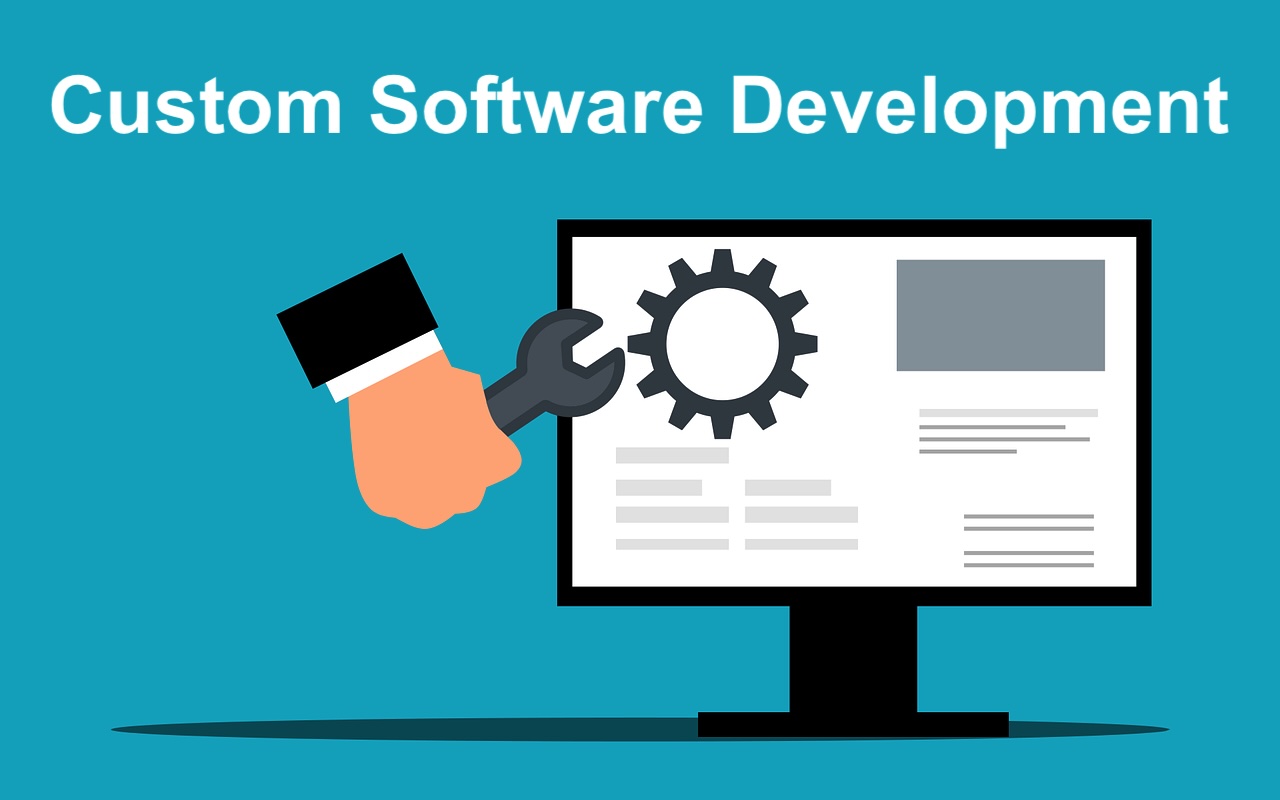
The world of custom software development is evolving rapidly, bringing new opportunities for businesses to improve efficiency, reduce costs, and enhance user experiences. From AI-powered automation to cloud-native applications, the latest trends are reshaping how companies build and deploy software. Consistently recognized as the top custom software development company on Clutch, the Volpis team has spent years building apps for businesses across diverse industries. Here, they will provide an overview of the biggest trends in custom software development.
1. AI-Powered Tools and Automation
Artificial intelligence (AI) is everywhere, helping businesses work faster and smarter. AI tools can automate routine tasks, improve customer interactions, and even assist with decision-making. Developers also use AI-powered assistants to write and debug code more efficiently.
How to Use It: Automate repetitive processes like customer support or data entry. If you’re handling large amounts of information, AI can help spot trends and make recommendations.
2. No-Code and Low-Code Solutions
Not every business has an in-house development team, and that’s where no-code and low-code platforms come in. These tools let non-technical users build apps with drag-and-drop interfaces, speeding up development and cutting costs.
How to Use It: If you need a simple internal tool or a quick prototype, try a low-code or no-code platform before committing to full-scale development.
3. Cloud-Native Software
More businesses are moving away from traditional on-site servers and building software directly for the cloud. Cloud-native apps are more scalable, reliable, and easier to update.
How to Use It: If you want software that grows with your business, consider cloud-native development. It cuts down on hardware costs and ensures your system is always up to date.
4. Better Cybersecurity Practices
Cyberattacks are increasing, and businesses can’t afford weak security. Developers are building stronger protections into software from the start, using encryption, multi-factor authentication, and stricter access controls.
How to Use It: Make security a priority from day one. Invest in strong authentication and regular security updates to keep data safe.
5. Progressive Web Apps (PWAs)
PWAs combine the best features of websites and mobile apps. They load quickly, work offline, and don’t require downloads from an app store. Many businesses are choosing PWAs instead of traditional mobile apps to save development time and improve user experience.
How to Use It: If your customers interact with your business on mobile, a PWA can give them a faster, smoother experience without the cost of a full mobile app.
6. Internet of Things (IoT) Integration
Smart devices are everywhere, and businesses are using IoT software to track shipments, monitor equipment, and improve customer experiences. IoT helps businesses collect and use real-time data for better decision-making.
How to Use It: If your business deals with logistics, manufacturing, or smart devices, IoT can help automate processes and provide valuable insights.
7. Microservices Architecture
Instead of building one large software system, businesses are breaking it into smaller, independent services that work together. This makes software easier to update, scale, and troubleshoot.
How to Use It: If you expect your software to grow and change over time, microservices can make it more flexible and reliable.
8. Blockchain for Secure Transactions
Blockchain isn’t just for cryptocurrency. Businesses use it for secure transactions, fraud prevention, and supply chain tracking. It provides a tamper-proof record of data, which is useful in industries like finance and healthcare.
How to Use It: If you need secure transactions or transparent record-keeping, blockchain could be worth exploring.
9. DevOps and Faster Software Updates
DevOps is a development approach that focuses on speed and efficiency. It helps businesses release software updates faster with fewer bugs by using automated testing and continuous integration.
How to Use It: If your software needs frequent updates, adopting DevOps practices can save time and reduce errors.
10. Personalized User Experiences
Businesses collect more data than ever, and software is being built to use that data effectively. AI-powered recommendations, customized dashboards, and data-driven insights make the software more useful and engaging for users.
How to Use It: Use customer data to personalize experiences, whether through targeted marketing, smart product recommendations, or customized app interfaces.
Final Thoughts
Before development, it is important to take the time to evaluate your current processes, identify pain points, and determine which technologies can provide the most value. A well-planned approach will help you avoid unnecessary costs and ensure your software meets both your short-term and long-term goals.
Share this post
Leave a comment
All comments are moderated. Spammy and bot submitted comments are deleted. Please submit the comments that are helpful to others, and we'll approve your comments. A comment that includes outbound link will only be approved if the content is relevant to the topic, and has some value to our readers.

Comments (0)
No comment